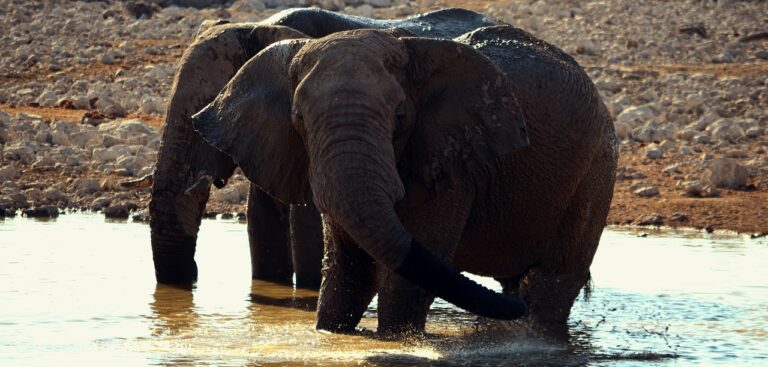Researchers have successfully implemented a forecasting tool to assess the risk of droughts occurring across Africa.
Commenting on how the new TAMSAT-ALERT tool works, Dr Vicky Boult, research scientist at the National Centre for Atmospheric Science (NCAS) and the University of Reading, said, “TAMSAT-ALERT uses a number of meteorological variables, including rainfall, to drive a land-surface model. The model simulates the movement of water through the land surface, considering both the type of soil and the vegetation, to estimate soil moisture.”
TAMSAT-ALERT soil moisture forecasts are produced every five days for the whole of Africa and look 150 days into the future. The forecasts are produced by researchers at NCAS, the National Centre for Earth Observation and the University of Reading. The forecasts can reliably anticipate drought several months before impacts are felt, and are useful for a range of decision-making processes across agricultural, humanitarian and conservation sectors.
Agricultural decision support
Across much of Africa, smallholder farmers rarely have access to irrigation systems and instead rely on highly variable seasonal rainfall to support crop growth. Reliable information on the likelihood of drought can help inform decisions about when to prepare land and plant crops, or whether to plant drought-tolerant crops that season.
TAMSAT-ALERT works in collaboration with the One Acre Fund, an agricultural service supporting Africa’s smallholder farmers. Together they have been able to provide planting date recommendations via SMS to more than a million farmers in eastern and southern Africa. After running operationally for three years, farmers receiving TAMSAT-ALERT planting date advice have seen on average a 10% improvement in crop yields.
Forecast-based humanitarian action
Historically, humanitarian organizations have responded after extreme weather events have occurred. Forecast-based action enables them to act in a timely way before an extreme weather event occurs.
Early drought warnings provided by TAMSAT-ALERT enable disaster risk management organizations – such as Kenya’s National Drought Management Authority – to trigger early action to prepare communities for drought. Preparations such as storing water or planting drought-tolerant crop varieties can minimize the impacts of the drought, helping to protect the lives and livelihoods of local communities.
Forecast-based elephant conservation
When droughts occur, the lack of food and water not only affects people, but also wildlife. Elephants require huge amounts of food and water. When droughts occur, elephants compete with people and their livestock for resources, raiding farmers’ crops and damaging local communities’ water stores.
Human-elephant conflict can be devastating to communities who rely on agriculture for their food and livelihoods, and also to elephant populations.
“In some parts of Africa, human-elephant conflict is now a leading cause of non-natural elephant mortality and communities face the daily fear of losing their lives or livelihoods to hungry elephants,” said Dr Boult.
TAMSAT-ALERT’s early drought predictions enable elephant conservation organizations to anticipate periodic increases in human-elephant conflict caused by drought. They can then increase measures to prevent human-elephant conflict, for example, strategically deploying wildlife rangers or installing crop-protection fences.



